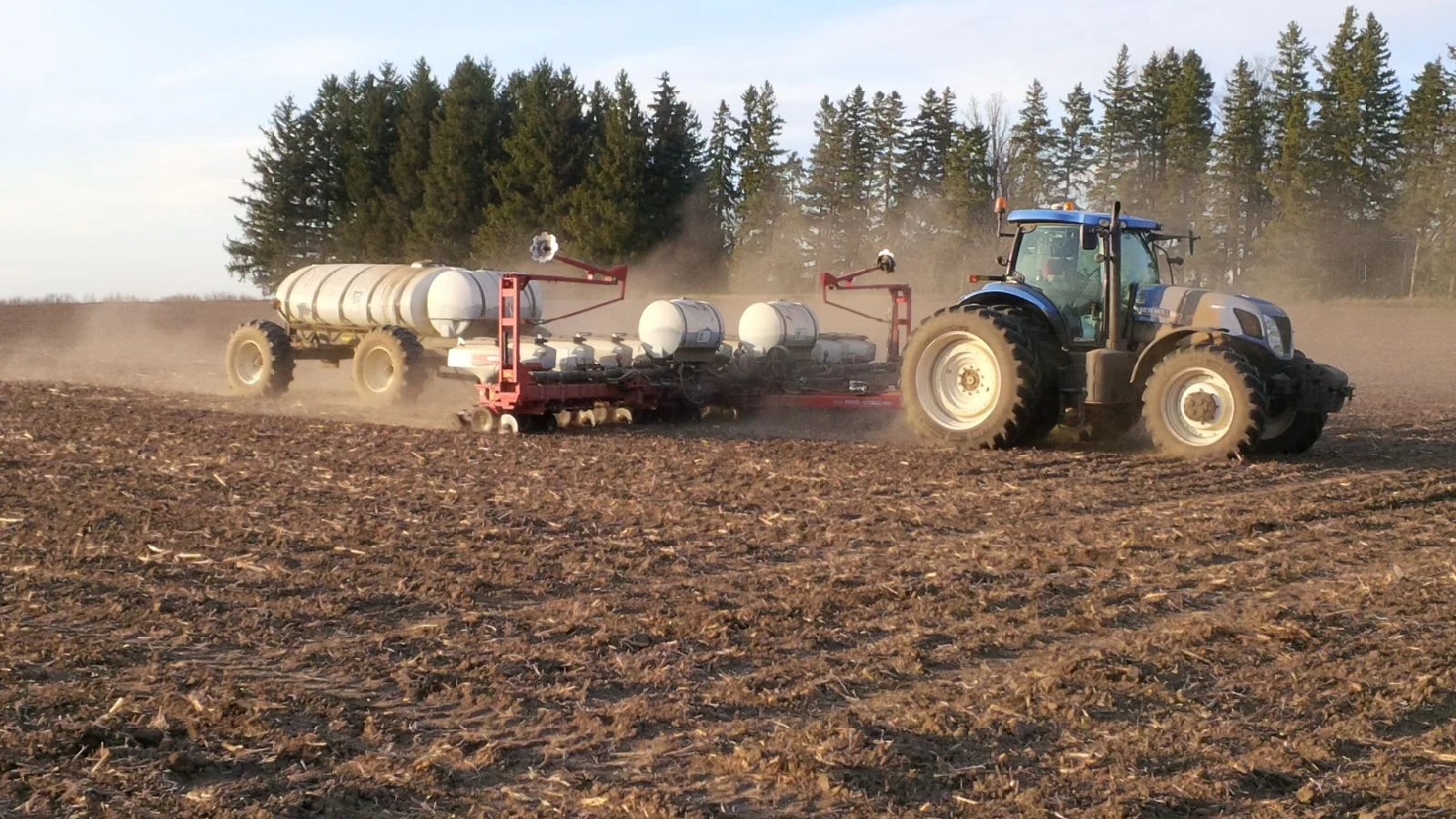
To address the carbon footprint in agricultural production, many companies are measuring their carbon footprint in what they purchase from agriculture and throughout the rest of the production chain, aiming to have a known end-to-end footprint. This allows them to identify areas where they can make improvements and reduce emissions. Companies can use tools such as the Life Cycle Assessment (LCA) methodology or the Cool Farm Tool calculator to measure the carbon footprint of their products and processes.
Knowing the carbon footprint is the basis for then finding ways to offset that footprint with projects, such as forestry projects, that can absorb the same amount of emissions produced. Additionally, companies are increasingly prioritizing production that can measure the carbon footprint and have sustainable practices that help reduce that footprint. This allows them to work towards their net-zero goals, which seek to reduce or eliminate their greenhouse gas emissions entirely.
To achieve these goals, many companies are adopting more sustainable agricultural practices, such as using regenerative farming practices, reducing the use of fertilizers and pesticides, utilizing renewable energy, and improving energy efficiency in their facilities. They are also working with their suppliers to improve their practices and reduce the carbon footprint of the entire supply chain.
At ucrop.it, we aim to simplify the calculation process by allowing producers to simply report their agricultural activities. Through direct integrations with the leading carbon footprint calculators, they can have their footprint measured and verified on the blockchain when communicating it to their partners, buyers, etc.
Start measuring your footprint for free. Complete the following form and we’ll send you a link to the application and an explanation so you can start measuring and communicating your sustainability.
Contact us



